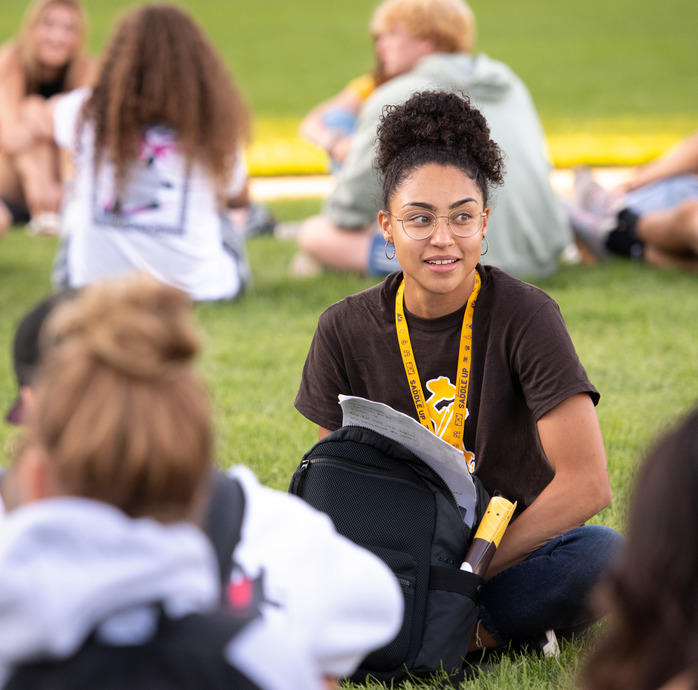Differentiated Instruction
Differentiated Instruction is the process of tailoring your curriculum to integrate individual student’s passions, interests and goals. Differentiation can take many forms. I suggest beginning your semester with some differentiation by asking students to submit (via Google form, email or on notecards) answers to questions such as: What gets you jazzed (keeps you up late at night or wakes you up in the morning)? In the long journey of life, what landed you in this class? When/where do you learn deeply? Based upon the answers to these questions, you can knit students into your curriculum. I do this by using students’ passions to kick-off conversation topics. I write students into exams and I use story lines with students in the exams. You can also select learning environments and facilitate learning based upon the answers that students give to the pre-semester questions. For example, if all of your students indicate that they learn best outside of the classroom, this could lead you to elect to have class sessions outdoors or in the coffee shop.
Differentiation can also be considered in feedback. If we think of feedback as the greatest gift we can give our students (see John Hattie’s compiled works), we might consider that gifts are best selected based on what we know about the recipient. Thus, when you write suggestions, considering who the learner is, what their goals are, from where they have come, is paramount. Rick Wormeli, in his book Fair Isn’t Always Equal, speaks into this more.


Resources and References
Tomlinson, C.A. (2017). How to Differentiate Instruction in Academically Diverse Classrooms. Alexandria, VA: ACSD.
Wormeli, R. 2006. Fair Isn’t Always Equal: Assessing & Grading in the Differentiated Classroom. Portland, ME: Stenhouse.

